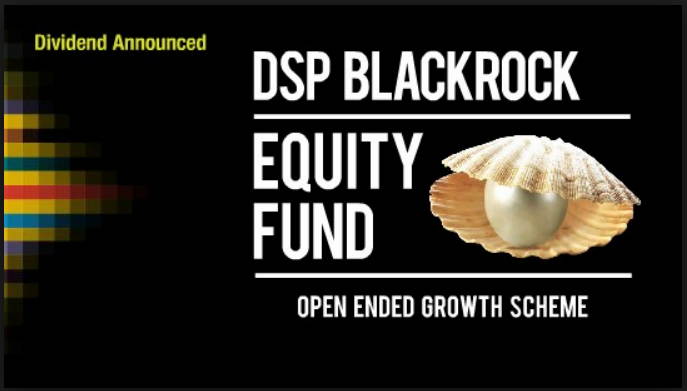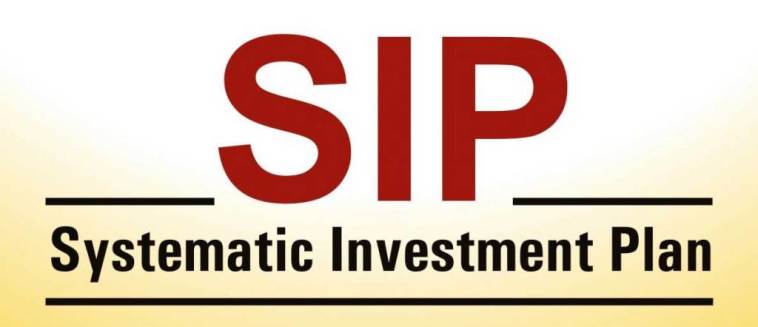Which is the best Equity Diversified Mutual Fund ? . I am going to list down some of the best Mutual funds which I have figured out from Valueresearchonline.com . I am listing down 6 Equity Diversified Mutual Funds and 3 Tax-saving Mutual funds . I will highlight the main points of Mutual funds like its History , its performance and its Portfolio Allocation.
Best Equity Diversified Funds
These funds are suitable for people who are looking for long term investments and are ready to take the risk of mutual funds .
- 12 year old fund , Return Since Launch is at an excellent : 24.6%
- Strong 5 yrs return at 33.4% beating its benchmark by impressive 8.4%
- 50% Portfolio in Small and Mid cap Companies (Risky Fund, with High Potential)
- 6.5 year old fund , Return Since Launch is mind boggling : 36.8%
- Strong 5 yrs return at 30.6% beating its benchmark by 6% .
- 80% Portfolio in Large and Giant Companies
- Looks less risky Fund compared to DSPBR Equity-G
- 13 year old fund , Return Since Launch is excellent : 25.3%
- Strong 5 yrs return at 31.8% beating its benchmark by 7% .
- 65% Portfolio in Large and Giant Companies and 30% in Mid caps . Well Diversified Fund
- One of the best funds available with long term Track record . Must Have
- 10 year old fund , Return Since Launch is excellent : 27.6%
- Strong 5 yrs return at 35.86% beating its benchmark by astonishing 11% .
- 55% Portfolio in Large and Giant Companies and 35% in Mid caps and Small cap .
Reliance Regular Savings Equity
- 4 year old fund , Return Since Launch is 21% even with the bloody market Crash.
- Strong 3 yrs return at 21.5% beating its benchmark by 12.5% speaks for its potential in Future .
- 45% Portfolio in Mid caps and Small cap makes it a Risky and Aggressive Fund .
- With minimum investment required of Rs 500 , It can find a small corner in one’s Portfolio
- Only for Risky Investors , Its a new Fund and hence does not have Strong and Long track record like its seniors .
Sundaram BNP Paribas S.M.I.L.E. Reg
- 4.5 year old fund , Return Since Launch is 22.5% even with the bad markets.
- Good 3 yrs return at 16.5% beating its benchmark by 7% .
- With close of 75% Portfolio in Midcaps and Small cap makes its Fund with heart of real Risk takers . Don’t get into this if you don’t like messy markets . It can take your heart our of your body and play hide and seek with it .
You should see this Video to understand how to choose a good mutual fund on your own
If you are fan of Jagoinvestor or Manish , you might like to Fill up the Fan Book
[ad#text-banner]
Best ELSS Mutual funds (Tax Saving Mutual Funds)
These are tax saving Funds , used for saving the tax under Sec 80C upto Rs 1 lac . Suitable for investors who want to invest for long term and also require tax saving .
- One of the oldest Tax saving Funds with 10 yrs of Strong Track Record
- Return Since Launch is 22.3% .Strong 33% return in last 5 yrs beating its benchmark by impressive 6.5% .
- Very good performance in last 2-3 years in falling markets with 17.3% return in last 3 yrs which is almost double of its benchmark returns .
- Well diversified amoung Giant , Large and Midcap companies makes its a Good fund .
- A little aggressive fund with 55% portfolio in just 3 sectors of Energy , Finance and Construction , betting on India’s future ..
- A very flexible fund know for its adaptability with any situation makes it suitable for every kind of investor.
Canara Robeco Equity Tax Saver
- One of the oldest Tax saving Funds with 16 yrs of Good Track Record
- Return Since Launch is 15% which is decent enough in such a long term .
- Very good performance in last 5 years with 30.5% return beating its benchmark by impressive 7% .
- Mind Boggling 60% return in till date in current year (2009) shows that some great potential is building in this fund .
- Well diversified amount Giant , Large and Midcap companies makes its a Good fund .
- High Concentrating in midcaps (around 50%) makes it a risky Fund .
- Minimum Investment of Rs 500 makes it an attractive choice for Risky Small Investors .
- This one is the quite genius who does not shout much about its achievement . Not much appreciated among its peers but has one of the best long term track record which has ability to put all the tax saving funds in shame .
- One of the oldest Tax saving Funds with 13.5 yrs of excellent track record.
- Return Since Launch is 34% which is an unmatched achievement in itself .
- Close to 29.5% returns in last 5 yrs beating its benchmark by 6% .
- It is now becoming more aggressive by increasing its allocation in Midcap funds .
Note : This is not an exhaustive list of Good funds . There are many good funds which are not here . Its just a Compilation of funds which I personally feel are good ones and have ability to perform in Future . All the funds have high Equity Allocation and can be very risky . You should invest in these only after understanding your Asset Allocation and Risk-appetite to handle the ups and downs of its performance .
I will come up with the compilation of some good Sectoral Funds , Debt Funds and Balanced Funds later . Watch for it 🙂
Comments Please and let me know which fund is your favorite and why . If I had to choose 1 fund , it would be Sundaram Tax Saver because I did a detailed Analysis of it myself and It went ahead of SBI magnum which had number 1 position from long time .
Source : ValueResearchOnline
Liked the post , Subscribe to Get Posts in Email or RSS Reader













